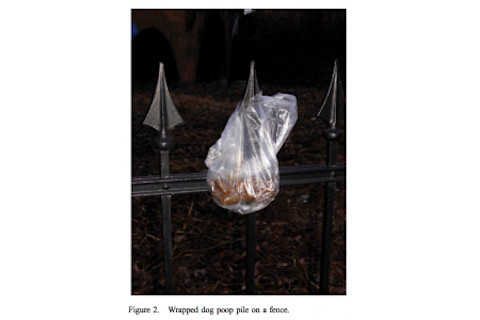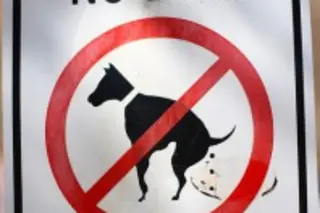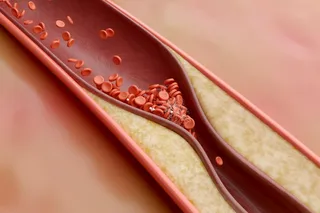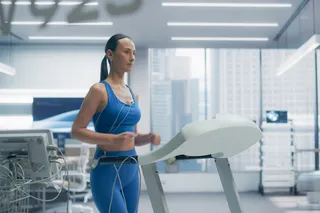Image: Flickr/David Swayze."Sh*t happens." And, if you're a regular walker, your shoes (and nose!) are probably very aware that much of it is due to dogs. But how do dog owners normally handle the doodoo? We will let Professor Gross, the author of this poop-tastic study, introduce the topic in his own (very well chosen) words: "To be sure, at first glance, dog walking seems straightforward. Walk the dog, let it poop, then walk the dog home. But this simple description raises a fundamental question: why it is that the poop falling out of the dog is not taken care of, and if it is, how exactly is this done?"
To undertake this worthwhile endeavor, the author used his daily to commute to carefully study the habits of dog owners: while walking to the train station, he watched what they did (or didn't do!) with their dog's poops, and he recorded his observations during the following train ride. Over six months he collected data from hundreds of dog defecations. The results? Well, it turns out that people have three main strategies for coping with canine crap. First, the (terrible, no good, and just plain horrible... not that we judge) dog owner may decide to pretend to not have seen the dog poop, and just leave it there. Secondly, the owner may bag the poop, but randomly drop it on the ground, or tie it to a fence (see the figure from the paper below... WTF?). And thirdly, the (awesome, love-worthy and honorable) owner might bag the poop and properly dispose of it in a trash can. And not everyone consistently does the same thing; dog owners are apparently much more likely to choose option number 3 if someone else is watching. If you find poop funny (and who doesn't!?!), we highly recommend checking out the witty and well-written full text!
Natural waste: canine companions and the lure of inattentively pooping in public. "The most organized and regulated societies in Europe have a comparatively high density of pet dogs per inhabitant. Contrary to the general trend in Western societies towards raising standards of hygiene in everyday life, pedestrian areas and urban parks tend to be dog fouling hotspots. Unlike other nonhuman animals, pet dogs are often walked to public places for the sole reason to defecate. This article aims to explore a variety of dog owners’ strategies when dealing with excrement while walking their dogs. This is done to highlight the relational ties between dogs and humans that are manifested in strategies for dealing with a highly important ‘actant’ in the collective: poop. By so doing, the observed varieties of inattentively pooping in public are categorized into three main types in order to highlight different forms of knowing or not knowing about excrement in emerging associations between dog and dog owner through the medium of poop." Bonus figure from the full text:

Related content: NCBI ROFL: What your poop looks like can tell you how long it’s been inside. NCBI ROFL: My research involves watching pigs poop out balloons…hey, why are you running away? NCBI ROFL: FECOM: a new artificial stool for evaluating defecation.














